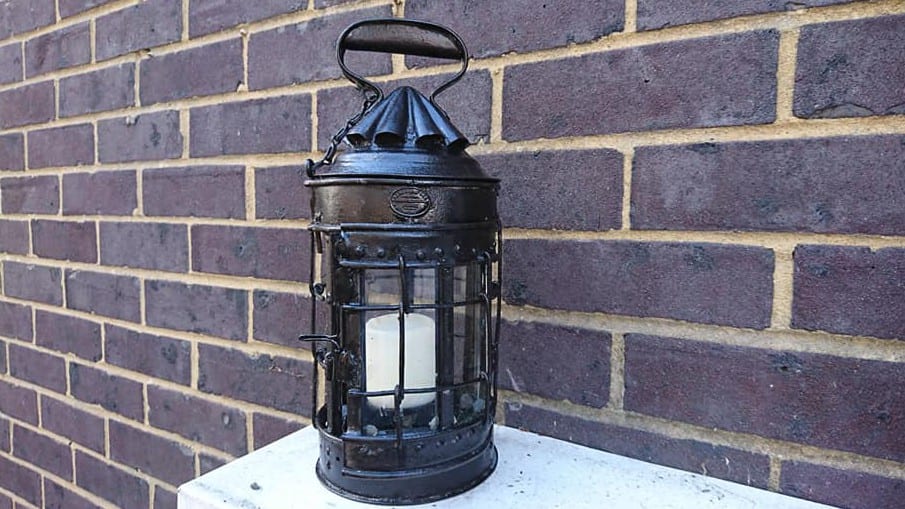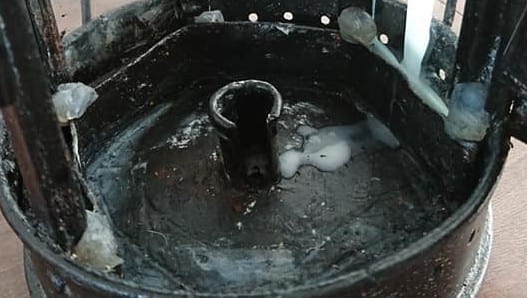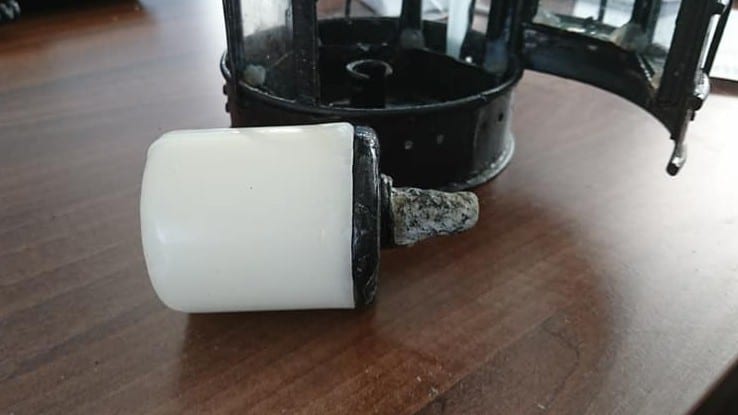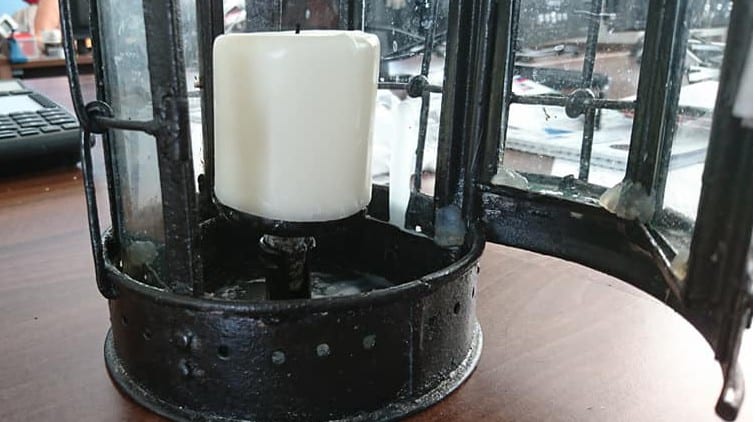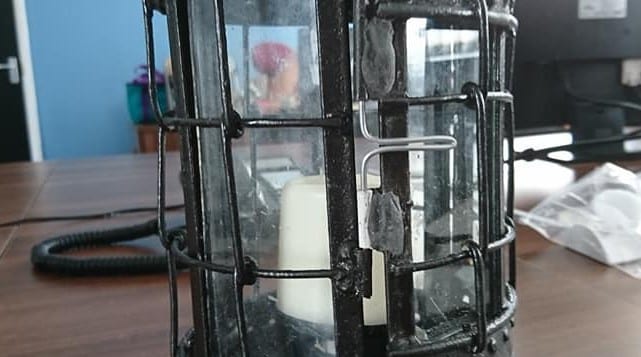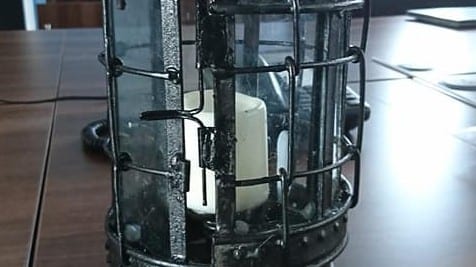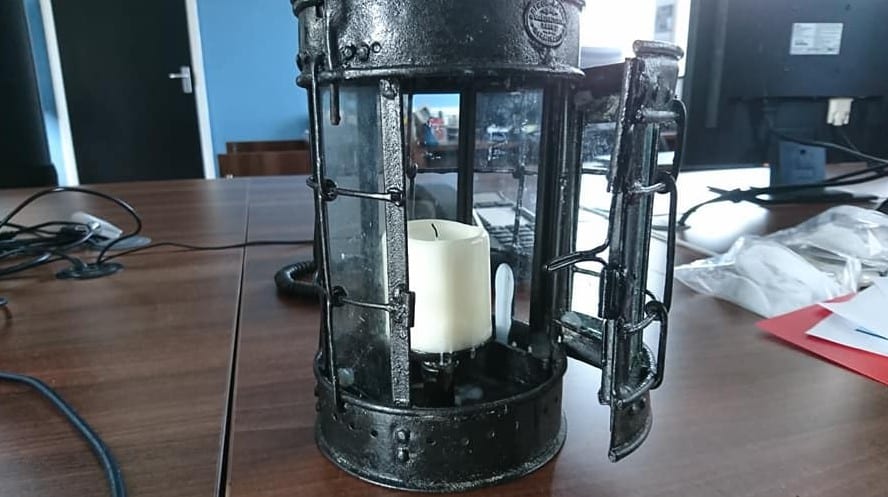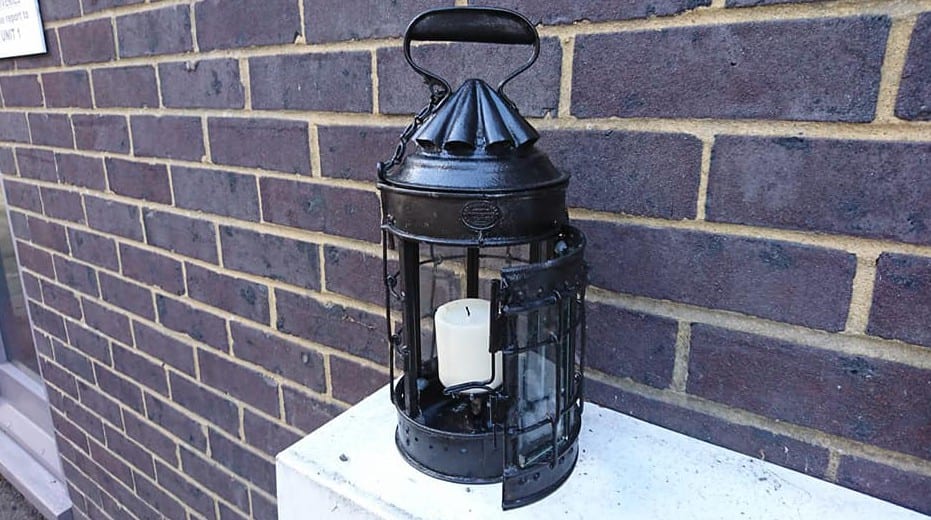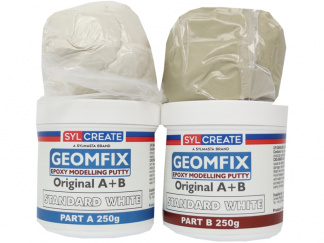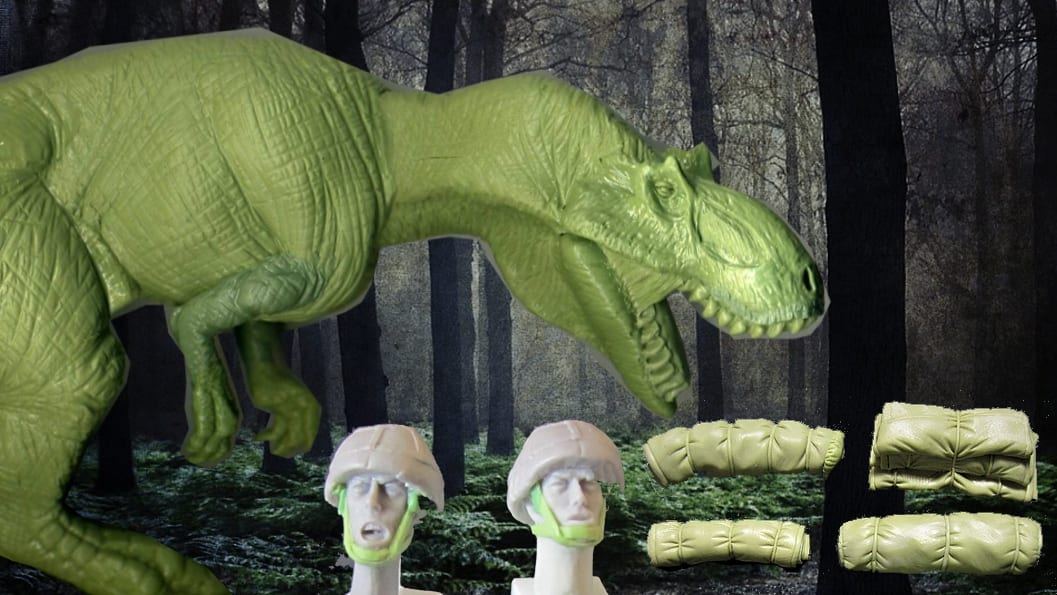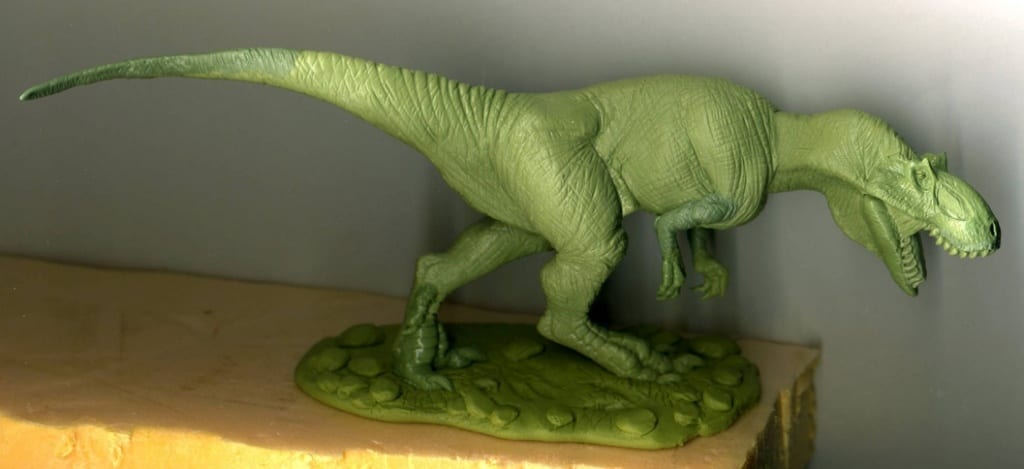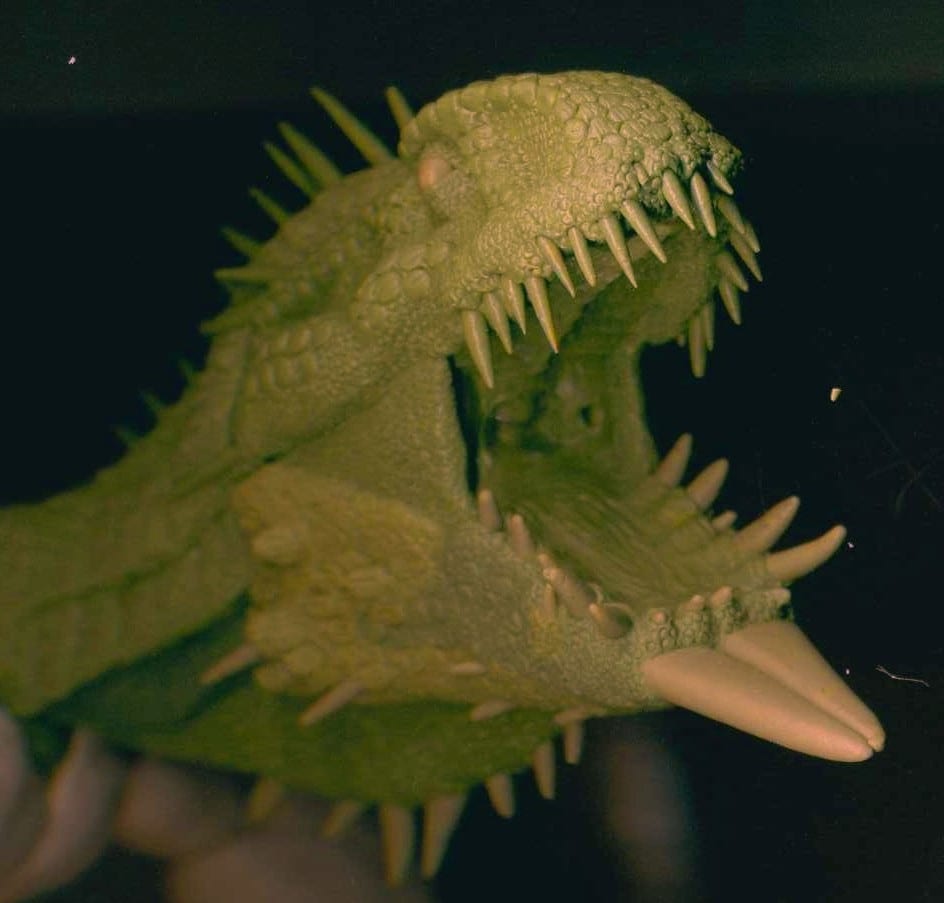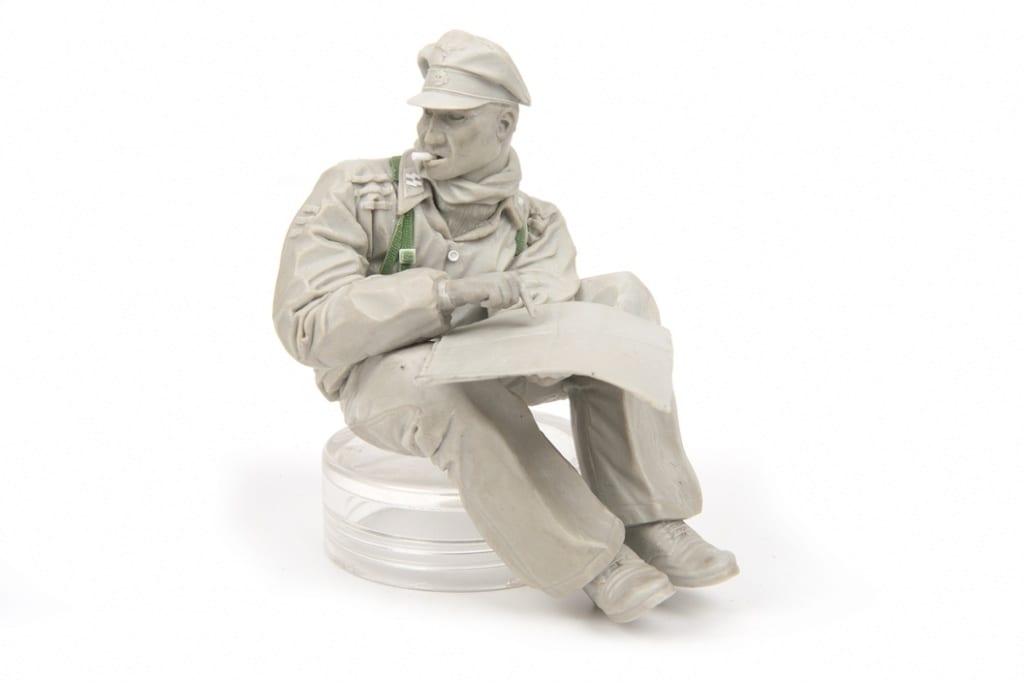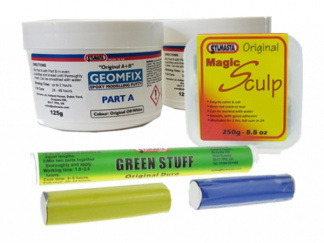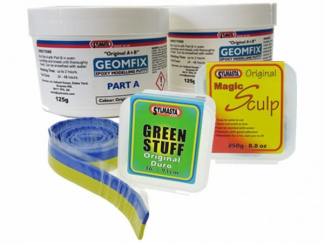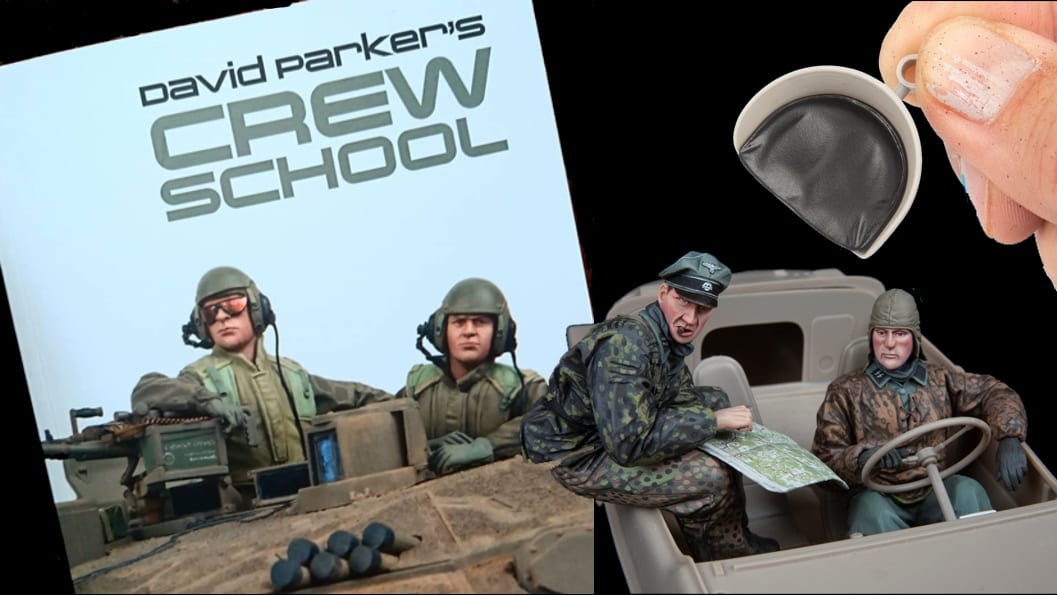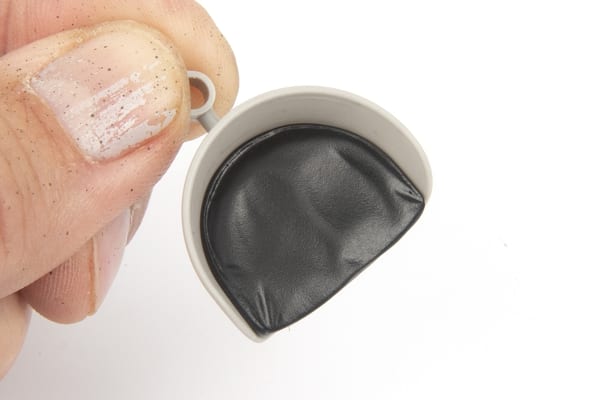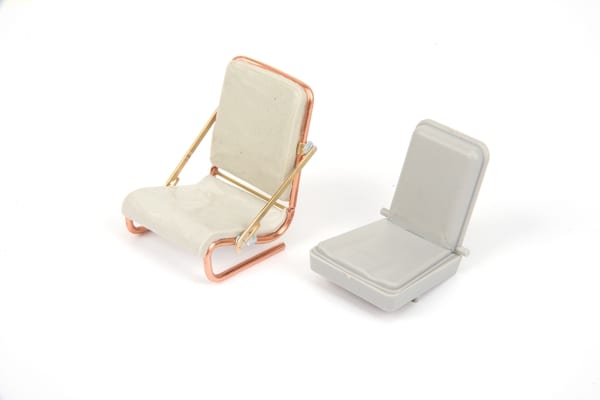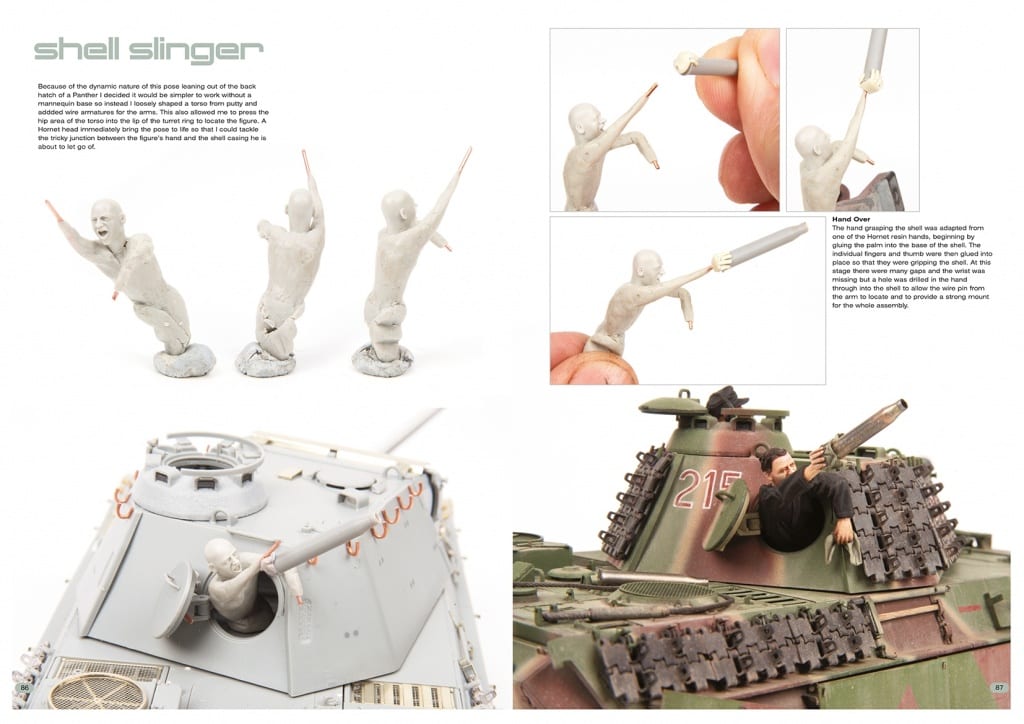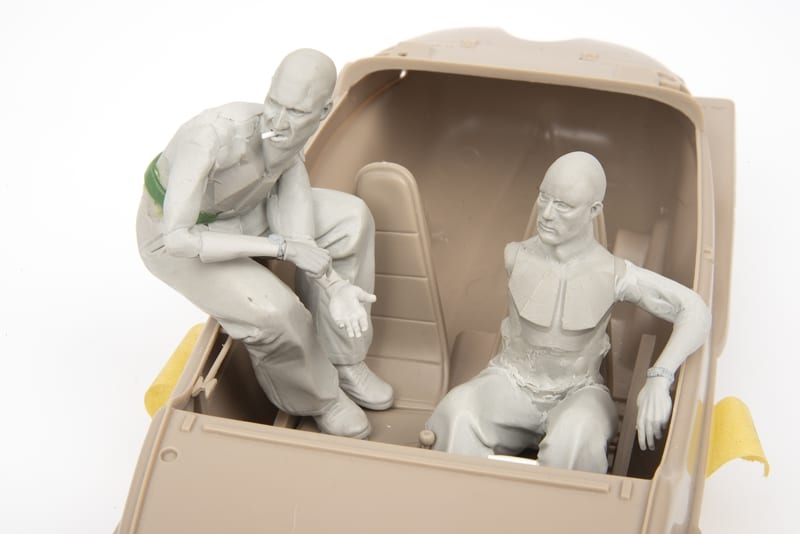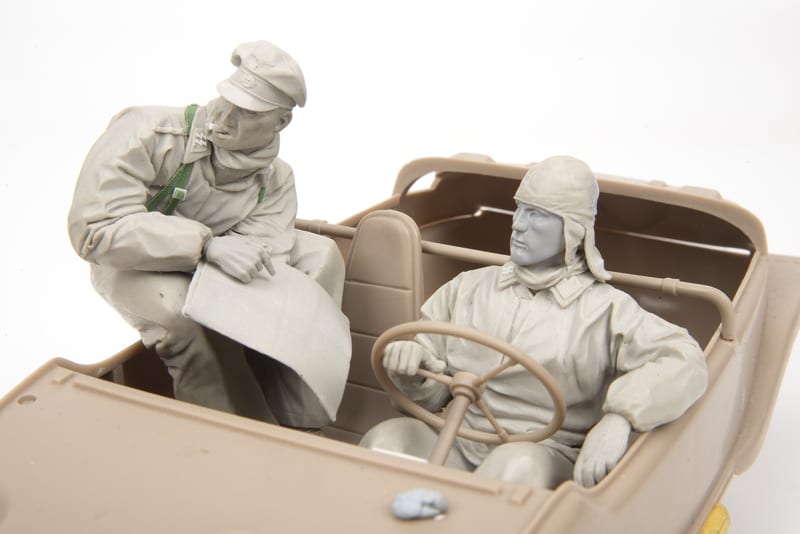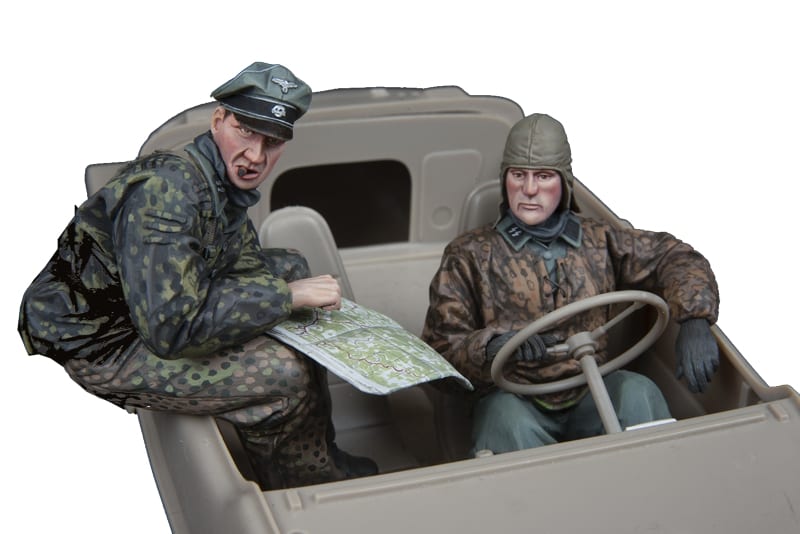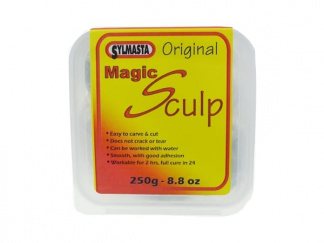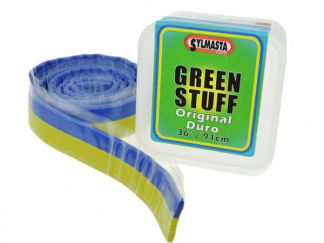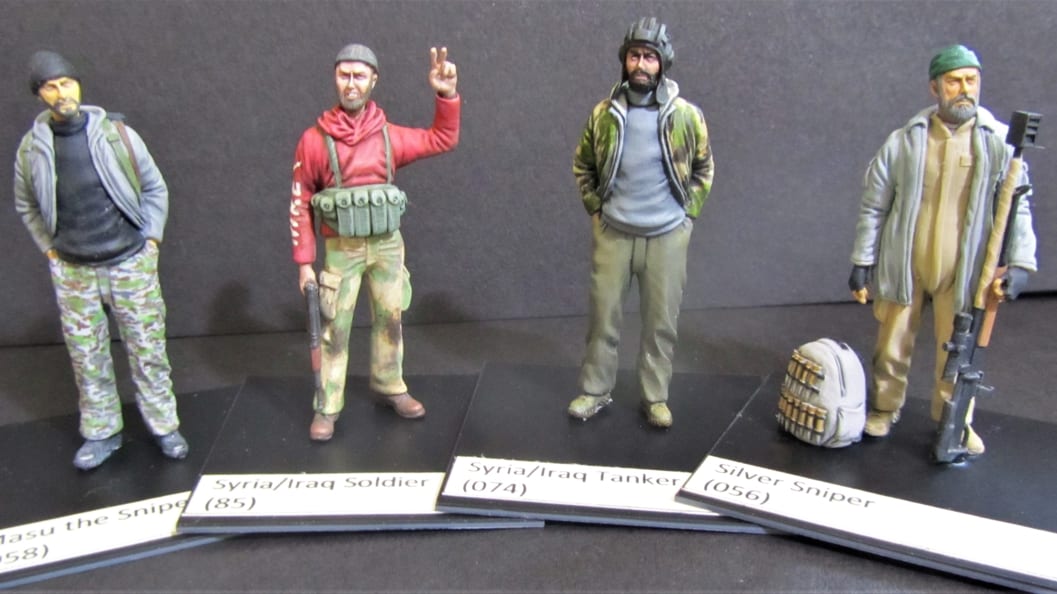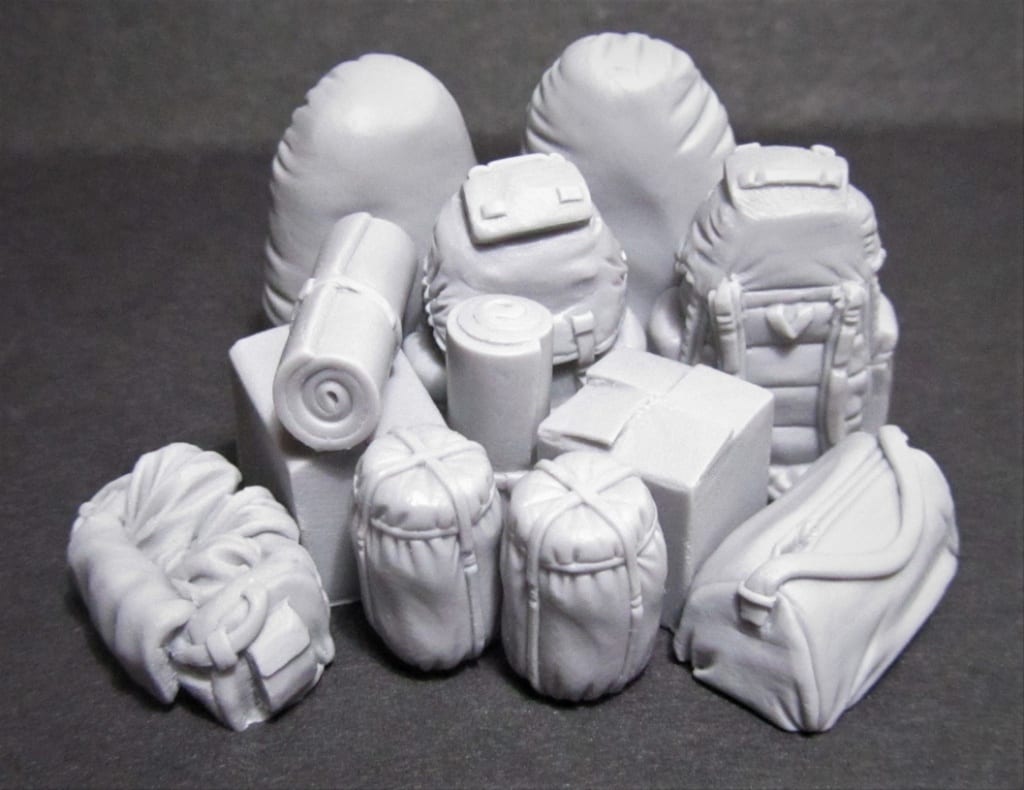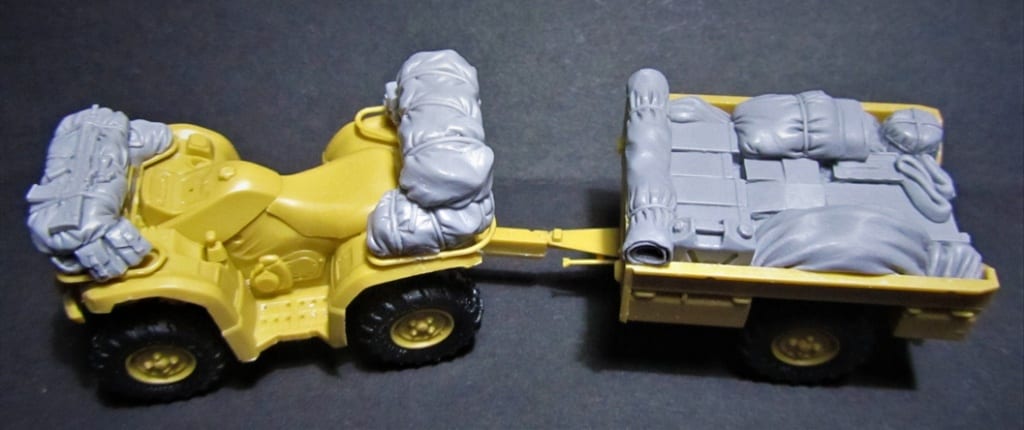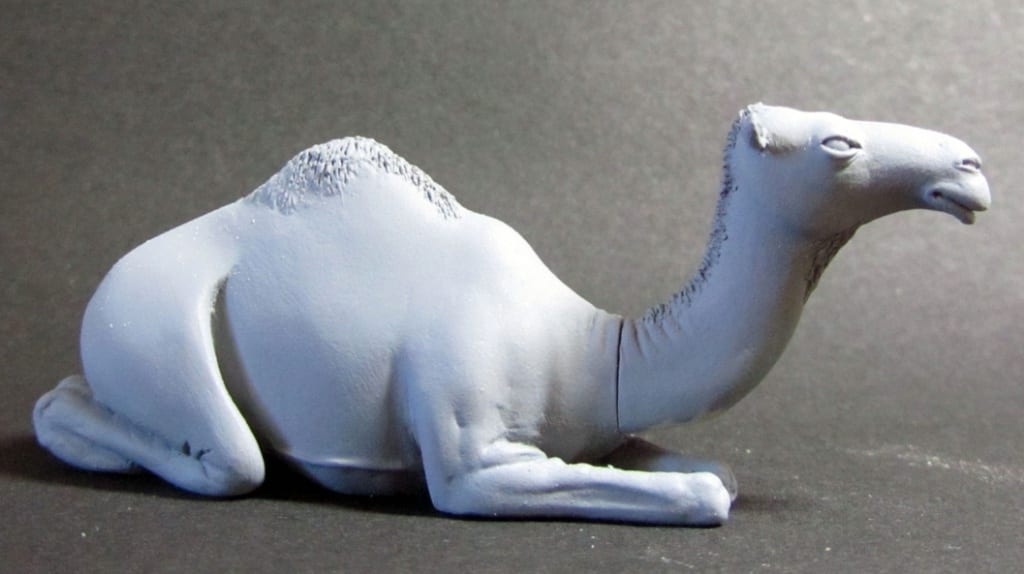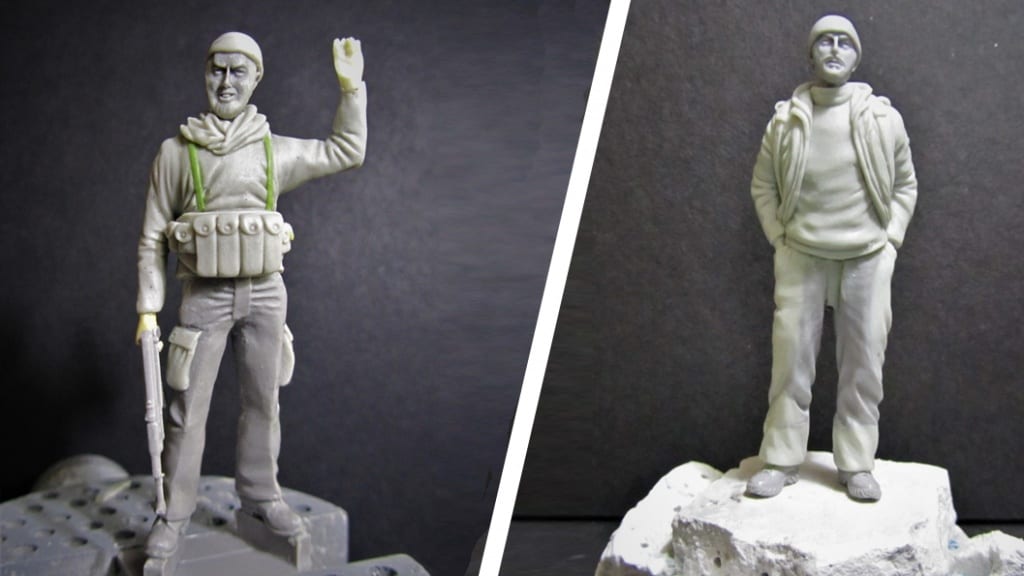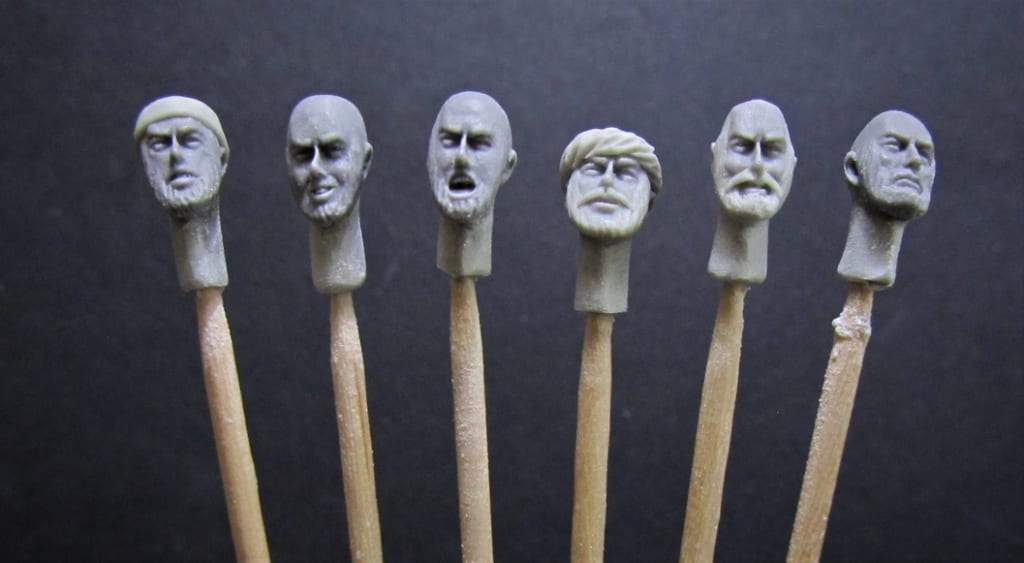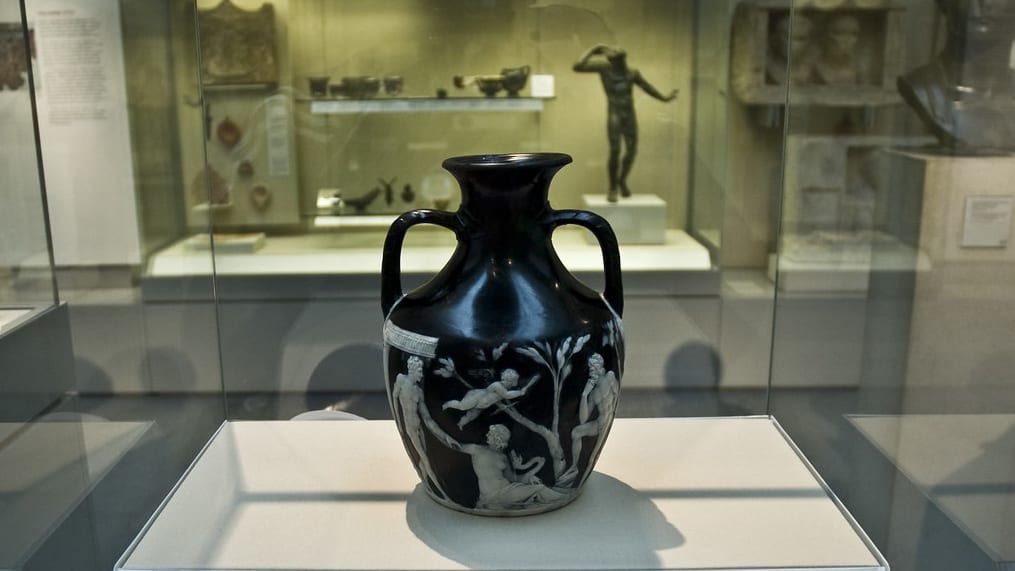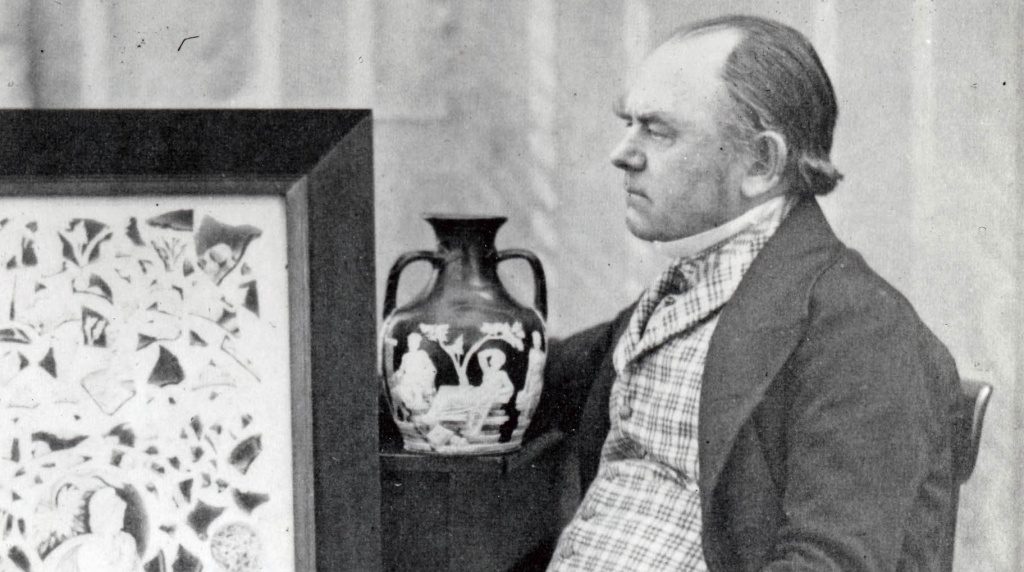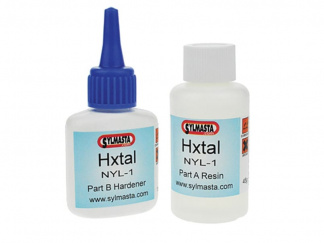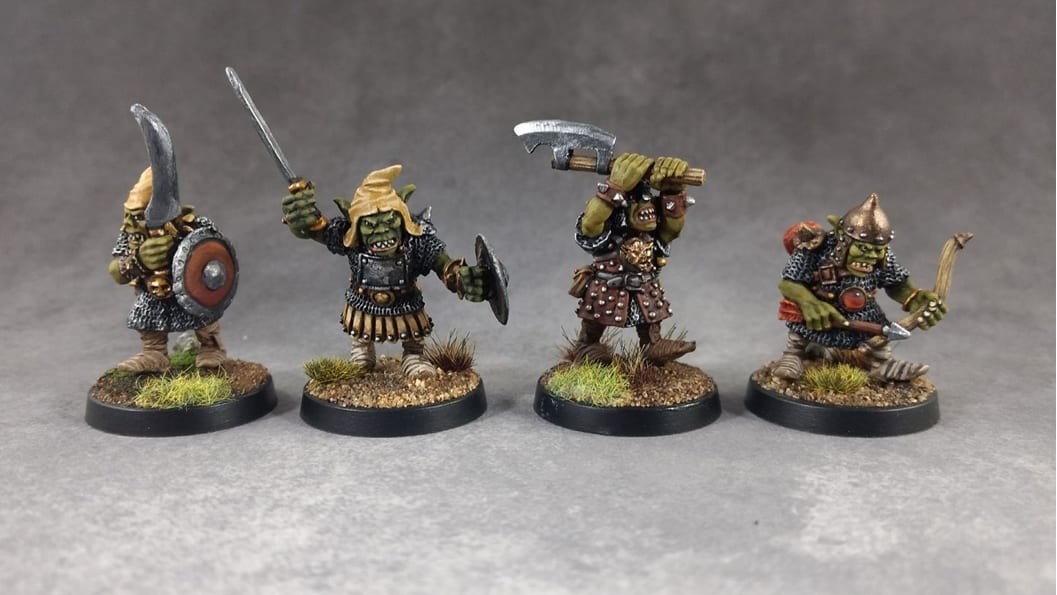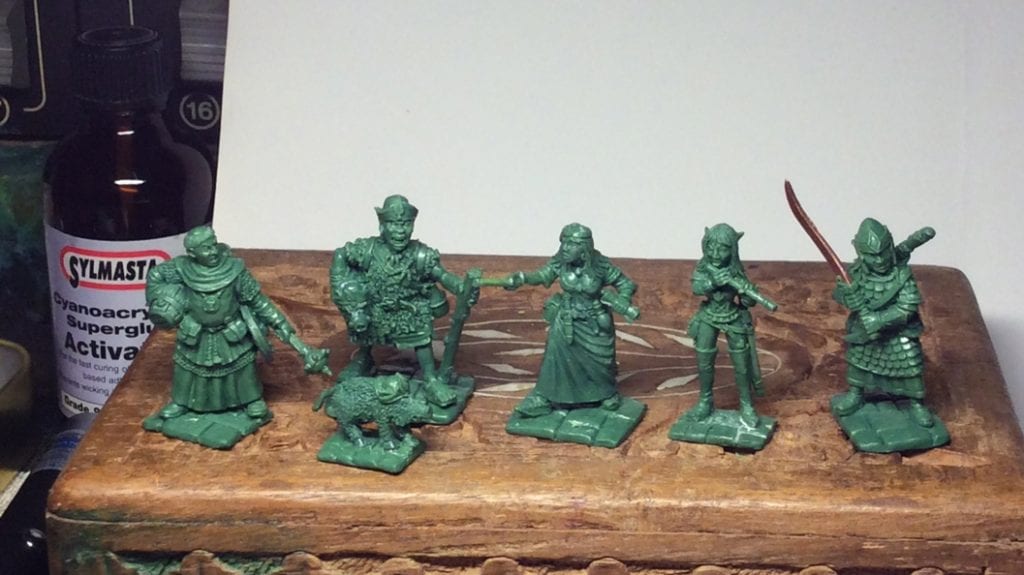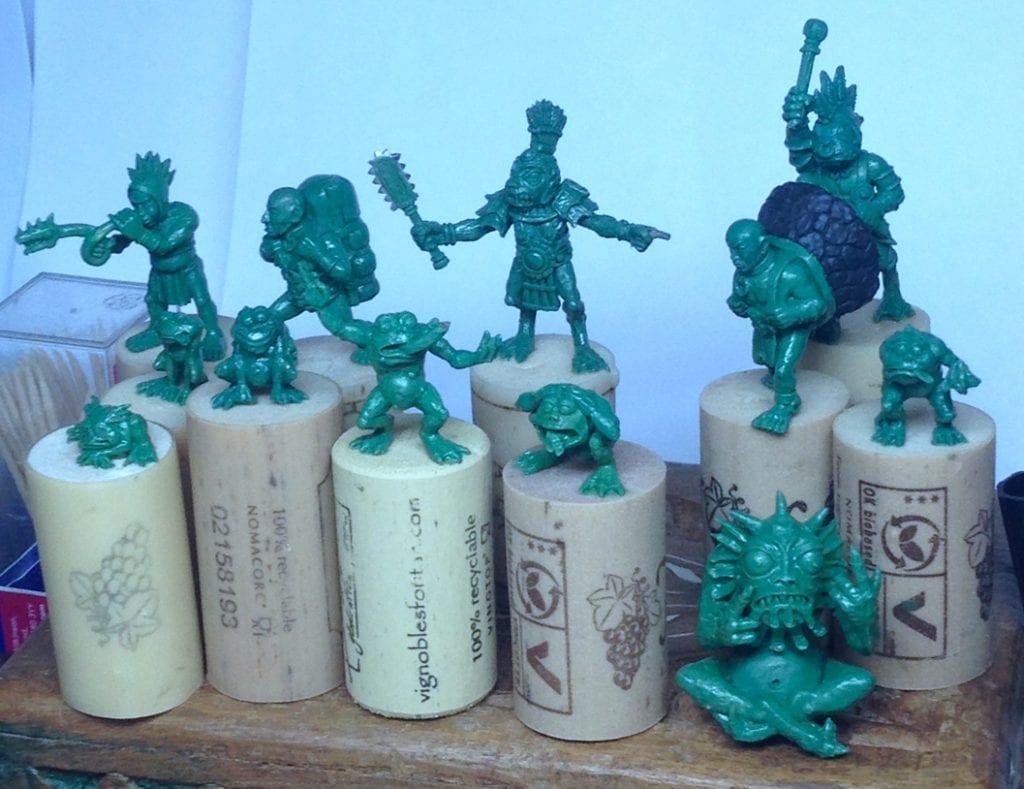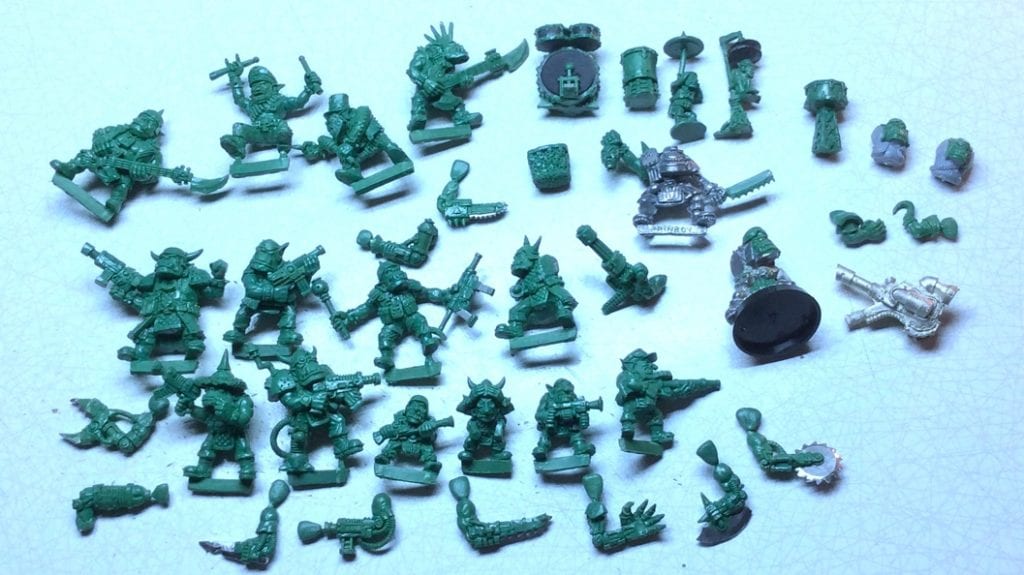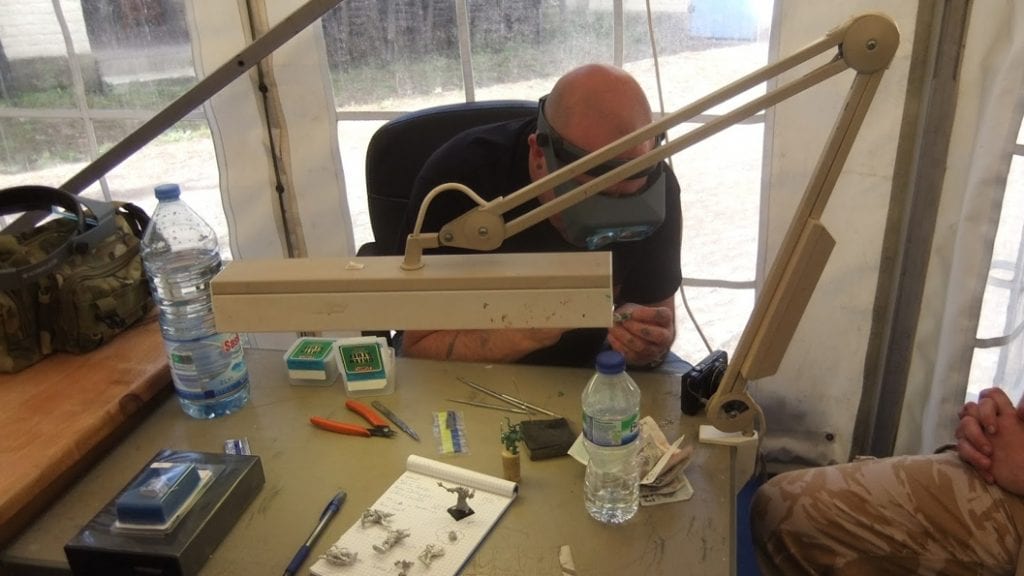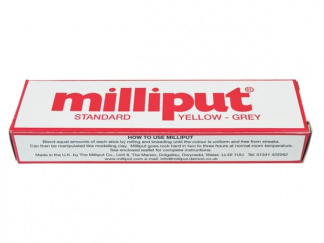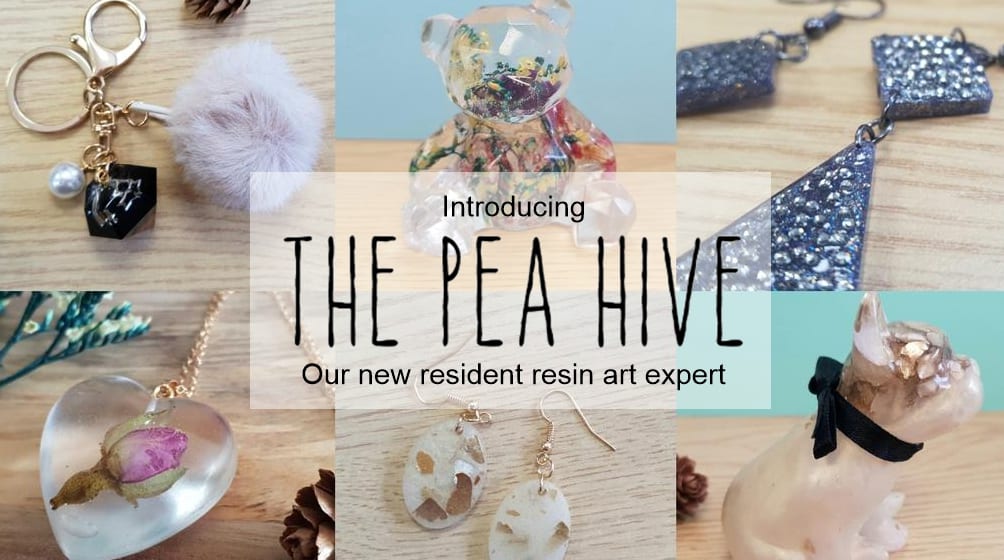
Handcrafted art and jewellery made from resin is more popular now than it has ever been. At SylCreate, we find it fascinating to see how customers use our Polycast Casting Resins and what it is that they do with them.
There is always more to be learnt, however. And to better understand the growing world of resin art, we decided to seek an expert. A resident resin artist who uses SylCreate products to create special items and who might be willing to share some of their secrets with our customers. We found ourselves The Pea Hive.
The Pea Hive was set up in 2019 by Loz and the company have been creating custom art and handcrafted jewellery ever since. Originally, Loz sold her products through Etsy but she has recently moved The Pea Hive to a dedicated website. You can check it out at ThePeaHive.co.uk.
Loz has been an artist since she was very young. She had her first piece exhibited at the age of 10 in Stockport Art Gallery and in 2014, she held her first solo portrait exhibition in London.
She has illustrated numerous children’s books and provided artwork for animated music videos in the United States prior to launching The Pea Hive.
The business is run from Loz’s home – or the ‘Hive’ as she calls it – a few miles down the road from SylCreate HQ here in sunny West Sussex.
Although Loz is very much the creator and design director, everyone else at the Hive gets involved to help with the production process. A lot of time, effort and love goes into it.
When you buy from The Pea Hive collection, you know you getting a truly unique item. Loz only makes one of each piece, which is all part of the appeal. These products are not mass-produced, they are handcrafted.
If you happen to find an item which you just have to own but it is already sold out, then Loz will often take requests and custom-make you your own version. It is a personal touch which explains why The Pea Hive is so popular with its customers.
Speaking about her resin art and jewellery, Loz says, “I am inspired by nature; particularly woodland, forests and the ocean.”
“There is also the materialistic side of me that loves bold, bright colours, glitter and solid shapes. When creating and designing a piece I keep all of these facets of inspiration in mind.”
“Don’t be surprised if one piece or collection completely differs to another – I am always keen to try new materials and techniques.”
Thanks to our new partnership, those materials and techniques will now be coming direct to SylCreate. Loz will be providing us with hints and tips as to how she creates her resin art and jewellery and the SylCreate products that she uses in the process.
You will be able to watch her videos, buy the same casting resins and silicone moulding rubbers that she uses direct from us and have a go at creating your own pieces of unique resin art and jewellery.
If you have ever wanted to attempt mould making and resin casting yourself, then Loz is the teacher who can help get you started.
You can also purchase completed jewellery and resin art from The Pea Hive collection over on ThePeaHive.co.uk. Loz’s items make great gifts for a partner, family or friend or you might just fancy keeping one for yourself.
We are looking forward to working with The Pea Hive over the coming weeks and months, learning from Loz about the finer points of resin art and seeing what eye-catching creations she makes using the SylCreate range.
Buy any 2kg kit of Polycast Casting Resin in August and we will include a free 20g High Viscosity Superglue, a resin injection syringe, a SuperCup 400cc mixing cup, a pair of large nitrile gloves and two wooden stirrers with your order.
-
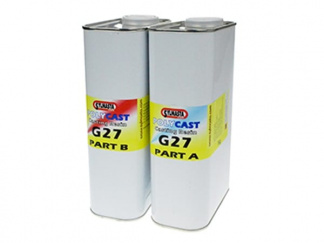 PolyCast G27 Polyurethane Casting Resin£54.72 – £224.26 inc. VAT
PolyCast G27 Polyurethane Casting Resin£54.72 – £224.26 inc. VAT -
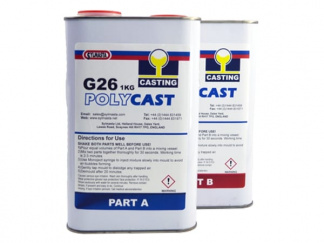 PolyCast G26 Polyurethane Casting Resin£54.72 – £224.26 inc. VAT
PolyCast G26 Polyurethane Casting Resin£54.72 – £224.26 inc. VAT

